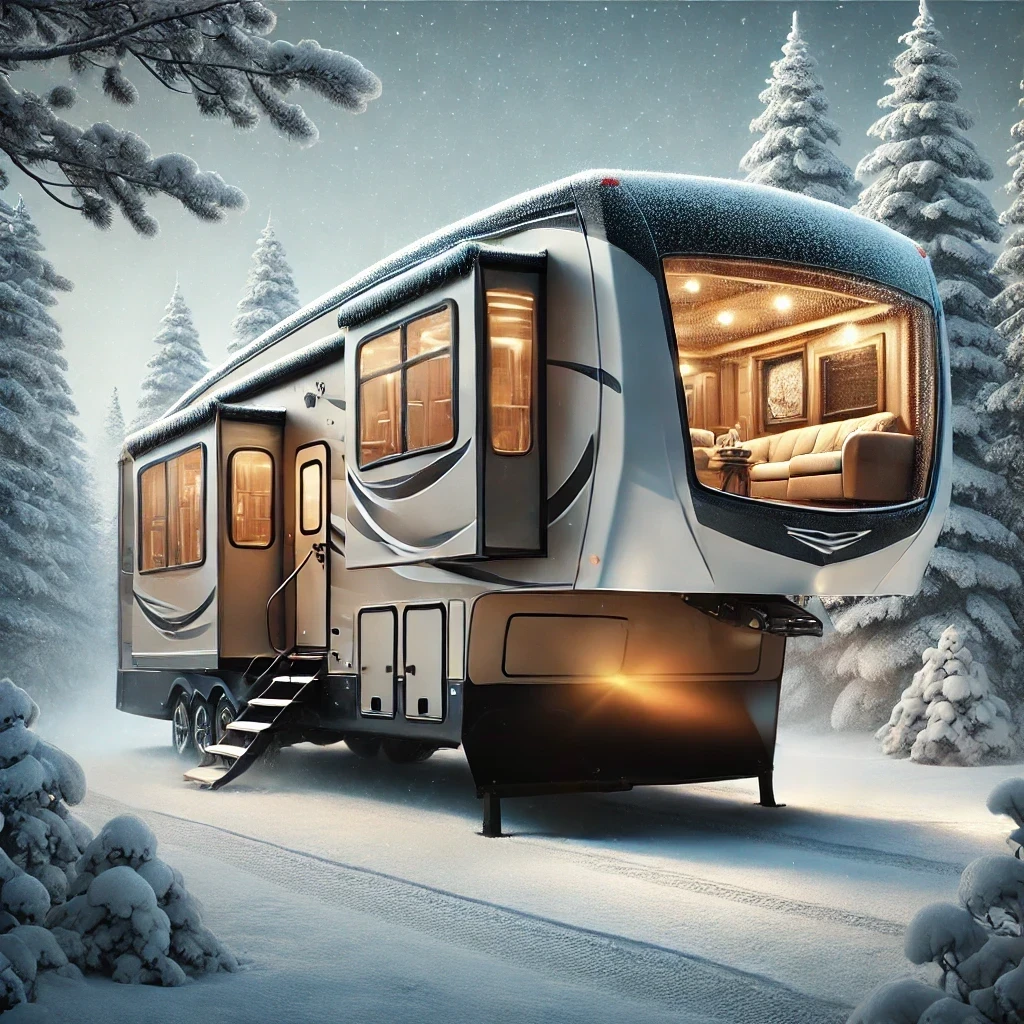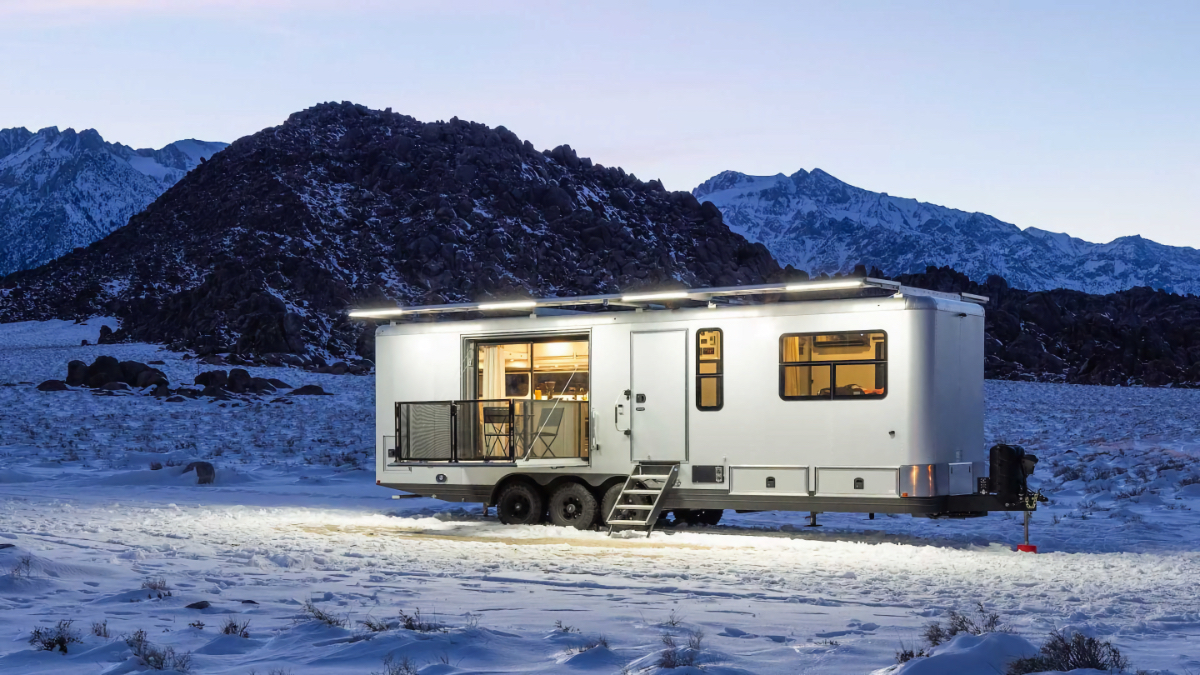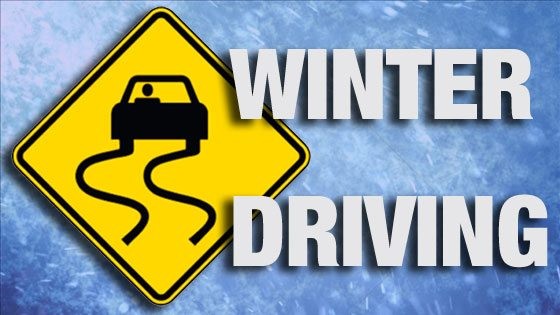Surviving the Chill: Expert Tips for RVing in Cold Weather Like a Pro

RVing in cold weather is not just an adventure; it’s a test of resilience, preparation, and knowledge. For those of us who choose to brave the frosty months on the road, the reward is a unique experience of nature’s winter wonderland, minus the usual crowds. But to truly enjoy winter RVing, we need to take steps to ensure our comfort and safety in the face of freezing temperatures, icy roads, and unexpected challenges. Here, we present the most effective strategies for surviving the chill while RVing in cold weather like a pro.
Choose the Right RV for Cold Weather
Not all RVs are created equal when it comes to handling cold weather. Look for a four-season RV equipped with insulated walls, double-pane windows, heated holding tanks, and a robust heating system. These features are essential to keep the interior warm and prevent freezing pipes. If you’re planning to modify an existing RV, consider adding skirting around the bottom of the RV to reduce drafts and keep the underbelly warmer. Insulating the windows with thermal curtains or reflective insulation can also significantly reduce heat loss.
Prepping Your RV for Winter Travel
Before hitting the road, make sure your RV is prepared for the harsh conditions ahead. Start by conducting a thorough inspection of your RV’s heating system, pipes, and seals. Check for any signs of leaks or cracks, especially around windows and doors, as even a small draft can significantly lower the interior temperature. Seal any gaps with weather-resistant caulking or weatherstripping.
Ensure your propane tanks are full and that you have a backup supply, as your furnace will likely use more fuel in colder weather. Test your carbon monoxide detectors and smoke alarms to ensure they are working correctly—safety is paramount, especially when running heaters and generators.
Consider installing a heated water hose to prevent freezing, and use RV antifreeze in your black and grey water tanks. If your RV doesn’t come with a tank heating system, consider purchasing tank heating pads to prevent your water and waste tanks from freezing.
Stay Warm Inside Your RV
Keeping the inside of your RV warm is crucial for comfort and health. A good-quality, energy-efficient electric space heater can provide supplemental heat and reduce the load on your propane furnace. Choose heaters with automatic shut-off features for safety. Another effective method is to use thermal curtains or window covers to retain heat.
Invest in rugged, winter-grade sleeping bags or thermal blankets for extra warmth at night. Consider using a heated mattress pad or blankets, which can make a massive difference in your comfort level, especially during those sub-zero nights. Remember, layering your clothing and bedding materials can trap heat more effectively.
Manage Condensation and Humidity
Condensation is a common problem in cold weather RVing, leading to mold, mildew, and unpleasant smells. To manage condensation, use a dehumidifier or run your air conditioner occasionally, even in winter, to help remove moisture from the air. Cracking a window slightly while cooking or showering can also help release excess humidity.
Consider installing vent covers that allow you to keep vents open without letting in cold air or rain. These covers will help circulate air without sacrificing warmth, maintaining a balanced humidity level inside your RV.
Stay Safe on the Road
Driving in winter conditions requires extra caution and preparation. Make sure your RV’s tires are rated for snow and ice, and check the tire pressure regularly, as it can fluctuate with temperature changes. Carry snow chains or traction mats in case you encounter icy roads.
Equip your RV with a winter emergency kit, including essentials like blankets, a first-aid kit, non-perishable food, water, a flashlight with extra batteries, a snow shovel, and sand or kitty litter for traction. Keep an eye on weather forecasts and road conditions, and have a backup plan for alternate routes or parking if conditions become too dangerous.
Optimize Your RV’s Heating System
Maximize your RV’s heating efficiency by insulating exposed pipes, ducts, and vents. Inspect your furnace filter and replace it if necessary; a clean filter can improve airflow and efficiency. Make sure the heating vents are not blocked by furniture or other objects.
Consider using reflective insulation or foam board behind cabinets and under furniture to reduce heat loss through thin walls. You can also use space-saving ceramic heaters for targeted heating in specific areas of your RV.
Maintain a Steady Power Supply
Winter RVing often requires more power to keep your systems running. Ensure your battery bank is fully charged and consider investing in a generator or solar panels for backup power. Cold temperatures can quickly drain batteries, so keeping them warm is crucial. You may want to use an insulated battery box or a battery blanket to maintain their charge levels.
For longer stays, a reliable power source is essential to keep your heater, lights, and appliances running smoothly. Many RVers opt for portable solar panels to supplement their power needs, especially in remote locations where traditional power hookups are unavailable.
Insulate Your Water System
Frozen pipes and tanks are a common issue when RVing in cold weather. To prevent this, use pipe insulation or foam tubing around all exposed water lines. Open cabinet doors to allow warm air to circulate around pipes. Use tank heaters or insulation blankets on your fresh, grey, and black water tanks. A heated water hose is a must-have for connecting to external water sources.
To avoid freezing, consider filling your fresh water tank and disconnecting the external hose when temperatures drop below freezing. Keep your RV’s interior temperature above 50°F to ensure water lines inside the walls don’t freeze.
Plan Your Route and Campsites Carefully
When RVing in winter, it’s crucial to plan your route and campsites in advance. Choose RV parks and campgrounds that are open year-round and offer amenities like electrical hookups, dump stations, and snow removal. Be mindful of elevation changes, as higher altitudes can bring colder temperatures and snow.
Research road conditions and weather forecasts before setting out each day, and be prepared to change your plans if necessary. Some states and provinces have chain laws or specific regulations for winter driving, so familiarize yourself with these before you travel.
Embrace Winter Activities and Stay Engaged
One of the greatest rewards of RVing in cold weather is the opportunity to experience winter activities like snowshoeing, skiing, ice fishing, or simply enjoying the tranquility of a snow-covered landscape. Embrace these opportunities by packing the right gear and being prepared for cold weather exposure.
Staying active and engaged can make your winter RV adventure even more memorable. Remember to dress in layers, wear moisture-wicking clothing, and protect your extremities with gloves, hats, and warm boots. A thermos of hot coffee or cocoa can do wonders for your morale during a chilly hike or snowshoe trek.
Final Thoughts
RVing in cold weather can be an incredibly rewarding experience with the proper preparation and mindset. By choosing the right RV, prepping thoroughly, staying warm, managing condensation, driving safely, and embracing winter activities, you can turn a potentially daunting challenge into an unforgettable adventure. So, bundle up, prepare your rig, and hit the road with confidence—you’re ready to conquer the chill like a seasoned pro.


